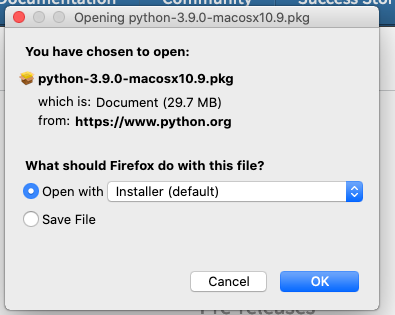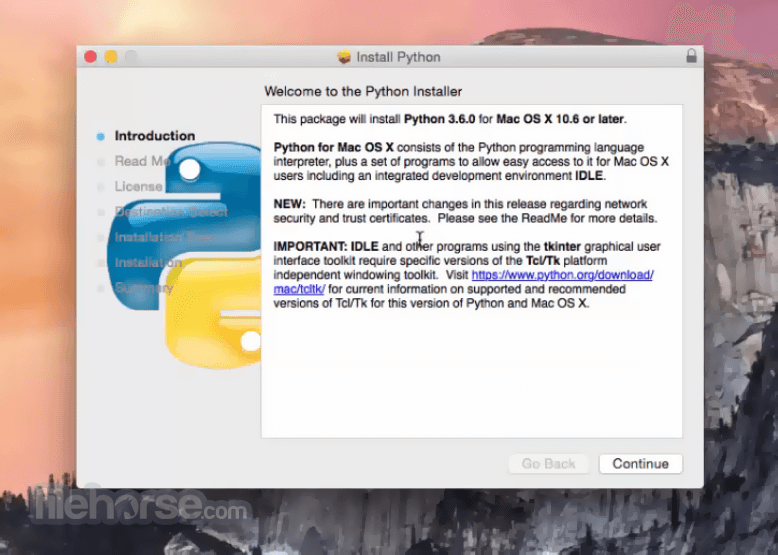

To open the command prompt on Windows, press the Windows Key + R, type in cmd, and press Enter. On macOS and Linux, it is known as terminal. For example, on Windows, this is the command prompt. Load the terminal application on your chosen operating system.

Below are a few short steps that you will need to complete to run a script successfully.ġ. Running a Python script in the terminal is very straightforward but requires you have Python already installed. If you encounter any issues, your system may not have Python configured correctly. The steps below will take you through all you need to know to run a Python script. These are all straightforward and will not take long to complete. We have tutorials on installing Python to Windows, macOS, and Linux. This tutorial will touch on how to run the script within the terminal or in an IDE like Visual Studio Code ( VSC).įor this tutorial to work correctly, you will need to install Python to your chosen operating system. If you’re not sure, you can Option + Right-Click on the file, then select “Copy … as Pathname” to copy the path to your clipboard.In this tutorial, we will go through the steps on how you can run a Python script on your computer.Įxecuting a Python script is very easy within the terminal or IDE (Integrated Development Environment).

Most users will run scripts from the Terminal, which is a stellar way to run a Python script on macOS.įirst, you’ll want to find the path of the Python script in the Finder. It’s almost like a temporary run configuration, though changes to the Python Launcher Preferences under normal circumstances are global, affecting all future scripts.
:max_bytes(150000):strip_icc()/how-to-install-python-on-mac-4781318-4-3f8b08969b3f4895a34cda590f951a88.png)
This will let you adjust settings that will only apply to this run of the script. To do this, drag the script to the Python Launcher icon while holding the Option key, and the Preferences menu will display before the script is run. You can even invoke the Preferences window before running a script. You can also open it manually by selecting “Python Launcher -> Preferences” from the Python Launcher menu bar. The Python Launcher’s Preferences window opens in the background automatically when Python Launcher is executed.


 0 kommentar(er)
0 kommentar(er)
